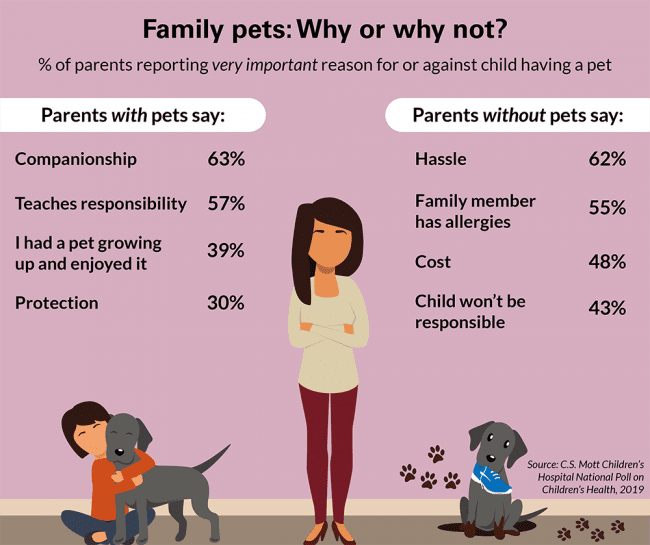
Group lessons with a dog: pros and cons
Owners who train with an instructor sometimes think about group lessons. Everyone’s motivation is different. But, whatever it may be, it must be borne in mind that group classes have both pluses and minuses. What are they?
Benefits of group dog training
- You see other participants, owners and their dogs, with different levels of training. And you can compare your progress with others. And see what works and what doesn’t. Perhaps what seemed to you in individual lessons a disaster, in comparison with others, does not look so bad. And vice versa – what needs to be worked harder on …
- You have the opportunity to work with irritants in the form of other dogs. At the same time, if the instructor is competent, the work with stimuli is built correctly: the distance to other dogs is taken into account, suitable exercises are selected, if necessary, the dogs are fenced off from each other, etc.
- During breaks, you can chat: you with other owners, and dogs with relatives. Of course, this interaction must be safe and comfortable for the dogs, and here we return again to the role of the instructor and his level of education and training.
- If you are going to take training standards, then without group classes it is quite difficult to prepare for them. For example, I was able to prepare my Airedale Terrier for testing without attending group classes, but this is more the exception than the rule. And if I had the opportunity to train in a group with a competent coach who works exclusively on positive reinforcement, I would take this opportunity without hesitation. Although I’m not quite an ordinary owner.
- As a rule, the cost of group lessons is lower than individual ones.

Cons of group exercise with a dog
- You get much less time. And, no matter how professional the instructor may be, he cannot keep track of all the dogs and owners in the group at the same time, which means that he will inevitably miss mistakes. Which have the risk of gaining a foothold, and then they are more difficult to fix.
- The more competent the trainer, the more opportunities to choose an individual approach to each dog. However, in any case, these opportunities are much less in a group than in individual work.
- There is a risk of overloading or underloading the dog if the instructor cannot carefully observe each and dose the loads.
- With insufficient professionalism of the trainer, work with irritants in the form of relatives can result in a negative experience: skirmishes, and even fights. And it’s great to exacerbate behavioral problems.
As you can see, group activities can be both a boon and turn into the worst possible nightmare. The decisive role here belongs to your knowledge and skills, the level of previous training of the dog and, of course, the professionalism of the instructor. Many suggest that owners first go through at least a few individual lessons, and then move on to group lessons.
Be that as it may, to engage in a group with a dog or not is, of course, up to you. Much here depends on your goals and on how successful the choice of a specialist will be.





